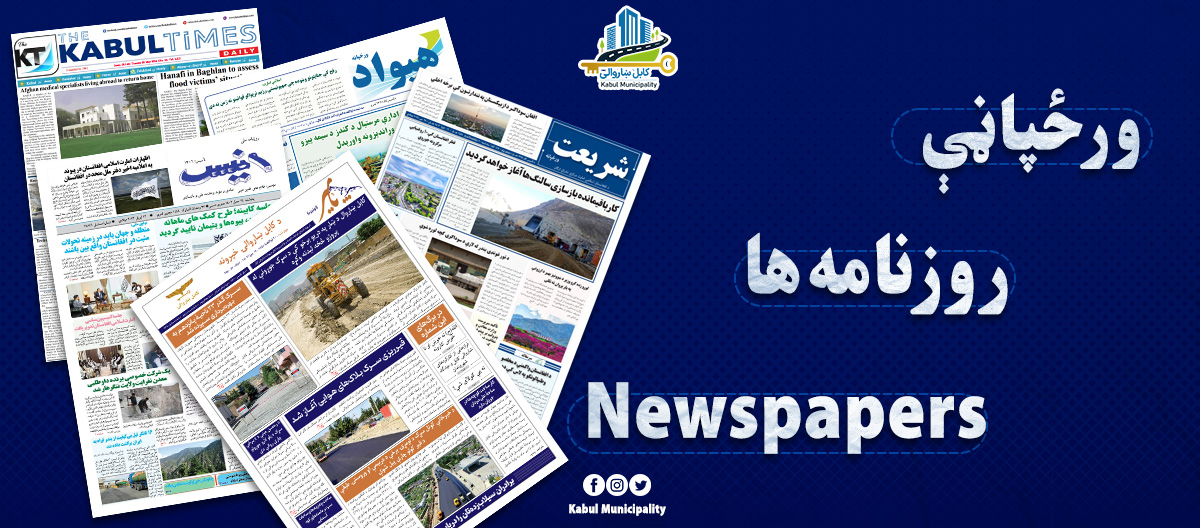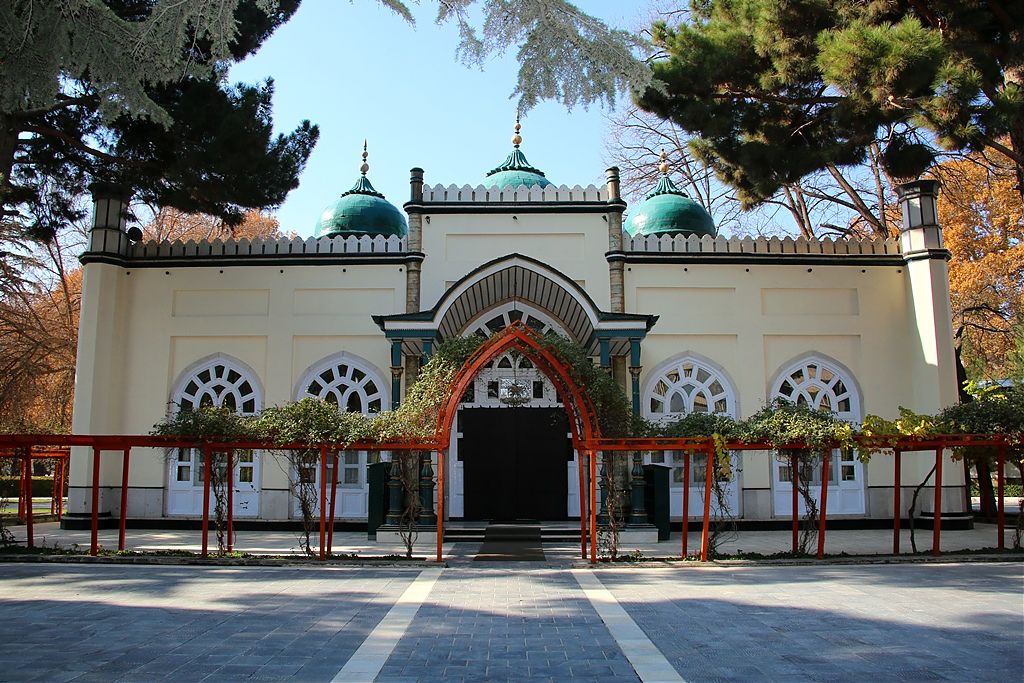
Kabul is a city with an ancient history that has been the home to many kings and rulers. In the past, it was surrounded by a fortification, remnants of which still exist today. There were six gates for entering the city, each known by a specific name. Among these gates were Kandahari Gate, located in what is now Dehmzang; Sardar Jahan Khan Gate near Salamkhana; Espina Gate; Pit Gate behind Eidgah Mosque; Gozargah Gate towards the upper part of the fortification; and Lahori Gate, which was also one of these six gates and is still remembered by some elderly people in their memories.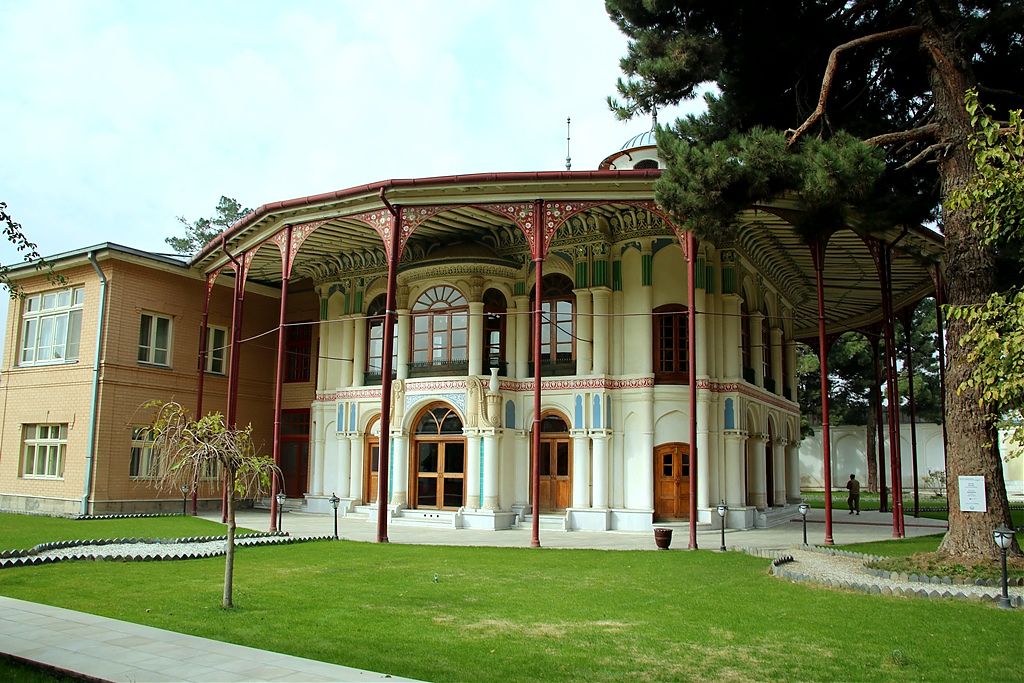
The center of royal governance was located in Bala Hissar. Before the reign of Abdul Rahman Khan, there was no suitable residence for the king. Bala Hissar and Arg-e Shirpur were damaged and partially burned during the Anglo-Afghan wars. During the rule of Amir Sher Ali Khan, the construction of the Shirpur fortress was initiated under his orders. However, when the British attacked Kabul in 1878, the Amir fled to the city of Mazar, and the construction of the Arg remained incomplete. When Amir Abdul Rahman Khan came to Kabul from the north and took power, there was still no suitable royal residence. Abdul Rahman Khan spent his first night in the house of Ghazi Abdullah Khan Wardak, located in what is now Deh Afghanan. 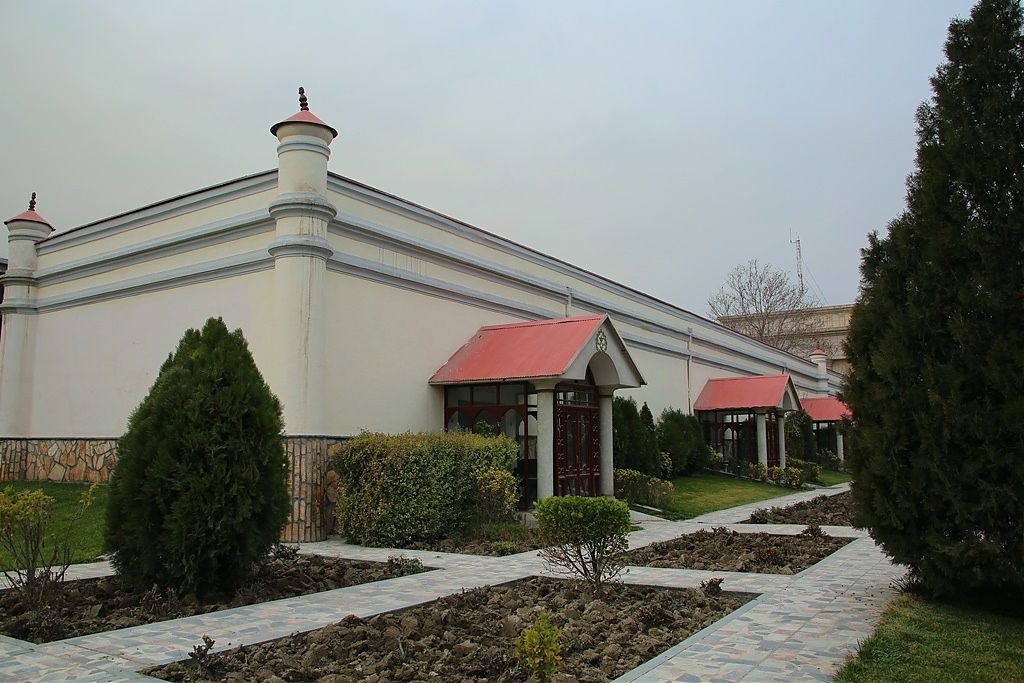
Amir Abdul Rahman Khan undertook the project of building the Arg (Citadel) in the year 1299 AH (Islamic calendar). At that time, the Amir traveled to Jalalabad to organize military affairs and stayed there for some time. He sent a letter to his eldest son, asking him to begin the construction of the Arg at the current location in consultation with advisors. Finally, the construction work of the Arg was started by a group of skilled and experienced architects in the year 1300 AH.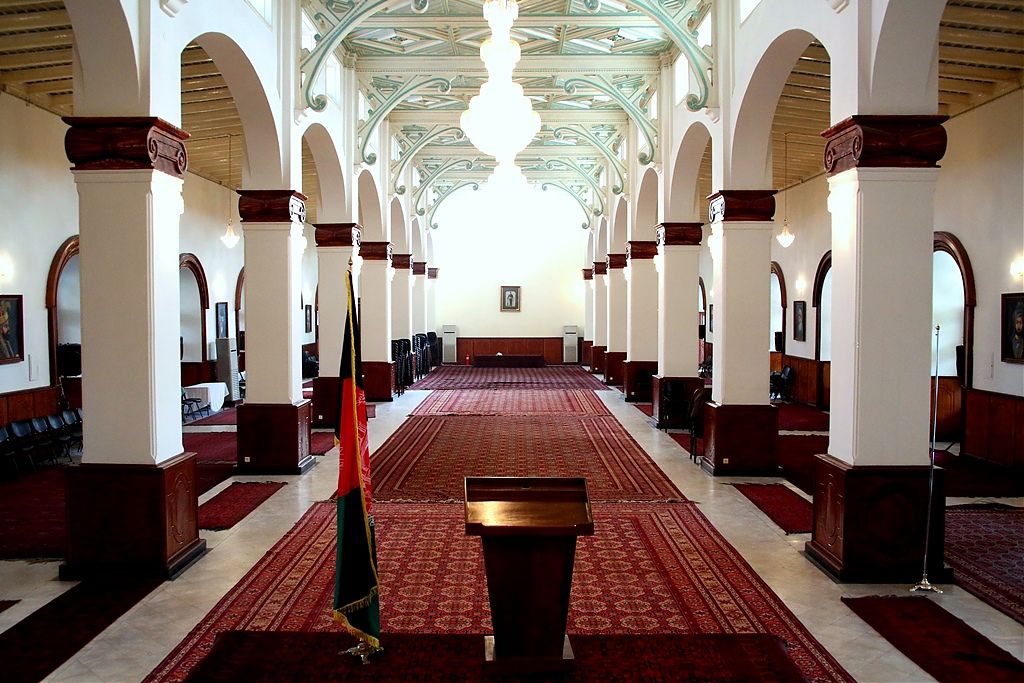
The area where the Arg (Citadel) is located today was previously uninhabited; it was a barren plain. Parts of this area contained farms and orchards, while deserts surrounded it. In the present-day Deh Afghanan area, there was a small market. The neighborhood of Wazir Mohammad Akbar Khan was known as Mina Dasht, where later, during the time of Ghazi Amanullah Khan, the first airport was established.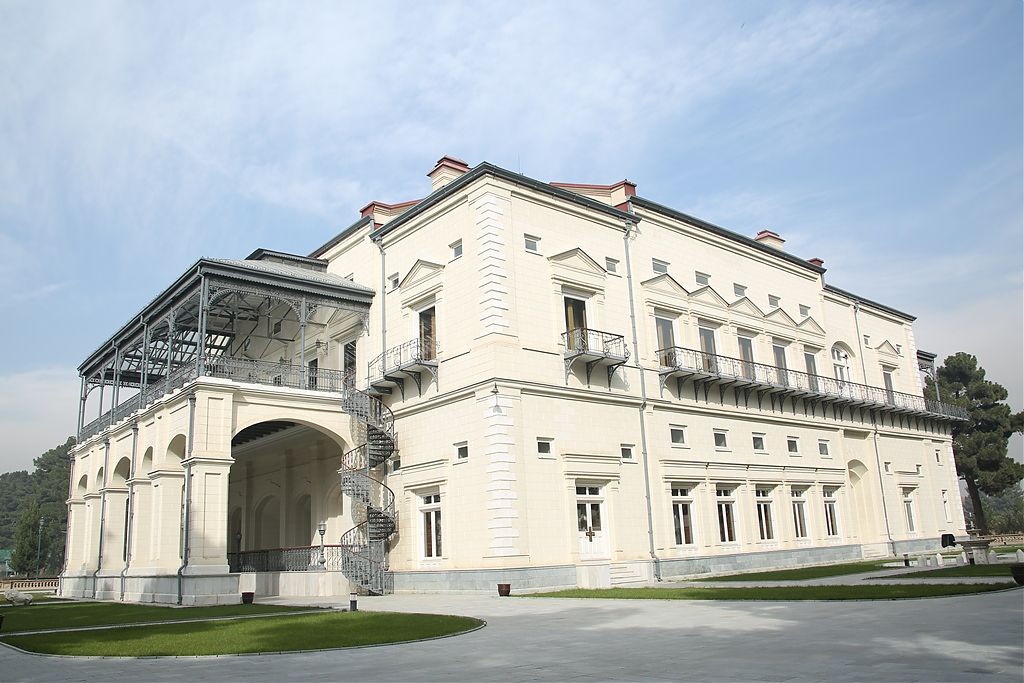
Simultaneously with the construction of the Arg, several other buildings were also erected. One was called “Bostan Saray,” which was located in what is now Zarnegar Park, where today the tomb of Amir Abdul Rahman Khan is situated. Another building where Amir Abdul Rahman Khan lived was called “Golestan Saray,” located opposite the Ministry of Education within the current compound of Kabul Municipality. These two structures were considered part of the Arg at that time.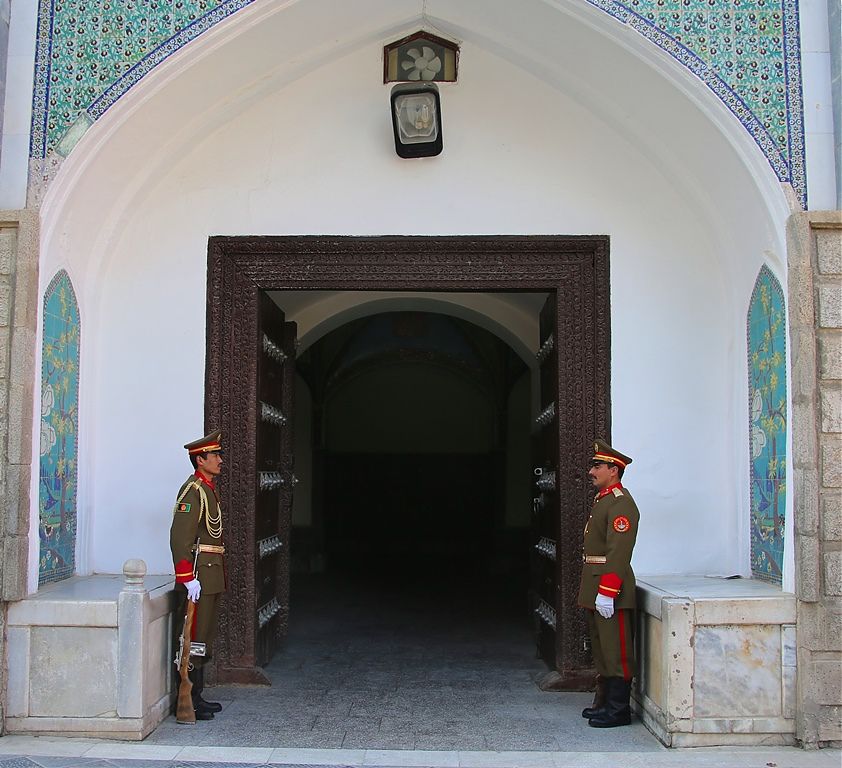
Currently, some of the Arg’s facilities no longer exist on the modern urban map of Kabul. Some of these buildings have been destroyed, while others have been restored to their original form and still remain. At present, some of these buildings are located inside the Arg compound, and others are outside its boundaries. For example, the Story Palace is now the Ministry of Foreign Affairs, and the Nak-Bagh Palace houses the National Archives. The Zein-ul-Amarat Palace referred to what is now the Presidential Palace, which was constructed by the Regent Nasrullah Khan.
In terms of location, the Arg is situated at the central point of Kabul city. To the east lies Deh Afghanan, and to the northwest is the Moradkhani neighborhood. In front of the Arg, there is a road called Pashtunistan Road, which leads to Makarriyan. On the opposite side of this road are the Ministry of Mines, the Administrative Office, and the Ministry of National Defense. To the northeast of the Arg is Ariana Crossroad, with the Ariana Hotel and Central Statistics Office located on the other side. From the northern side, a main road passes by, and beyond it are the Amani High School and residential houses in the Wazir Akbar Khan area. To the west of the Arg are the Ministry of Foreign Affairs, the Chinese Embassy, and United Nations offices. At the southern point is Azizi Center along with other buildings.
The first building constructed inside the Arg was called Koti Baghche, which was completed in the year 1304 AH. After that, several other buildings were also constructed, such as the Arg building, Salamhana Palace, the dome of Naqara Khana, Arg Kotwali Market, the Royal Headquarters, the Royal Bathhouse, the Office of Mustofi al-Mamalik, and Salamhana Palace.



